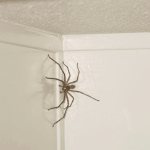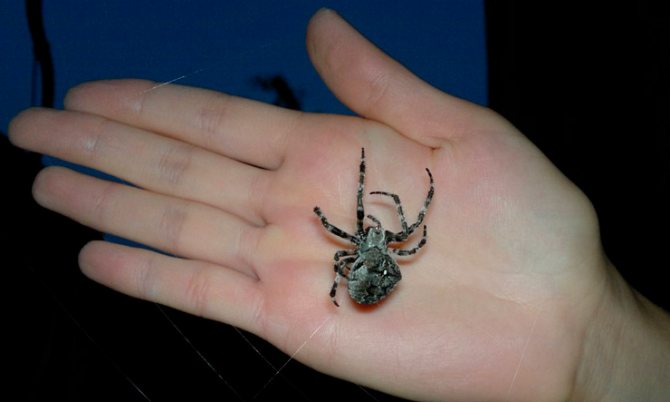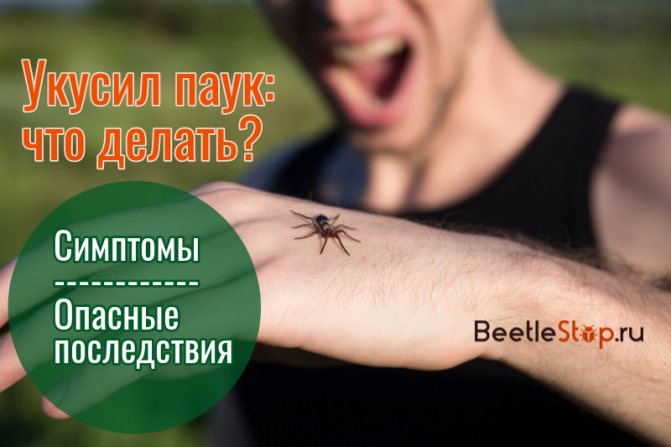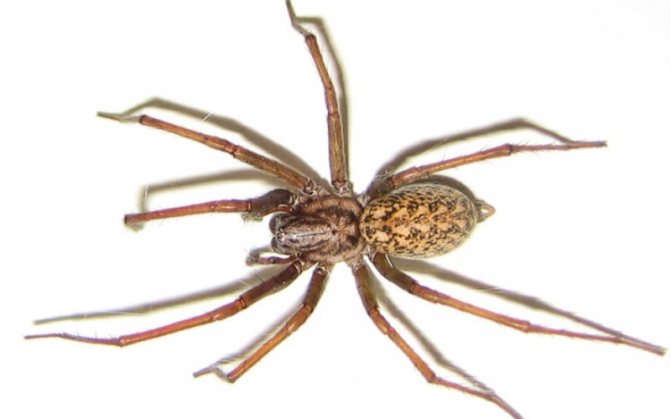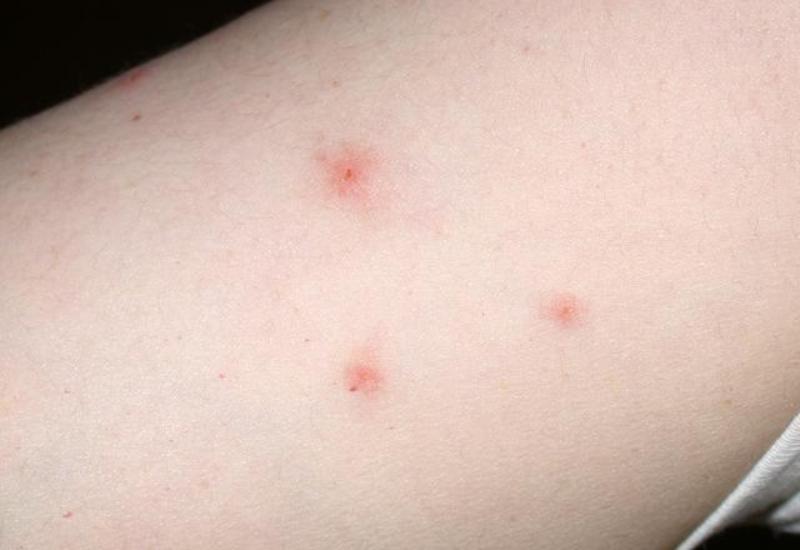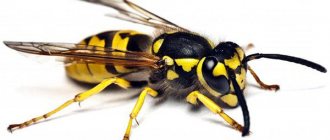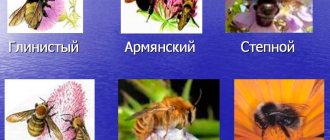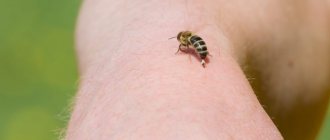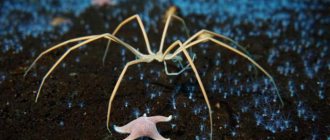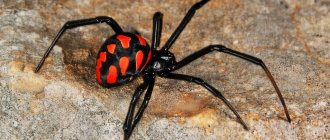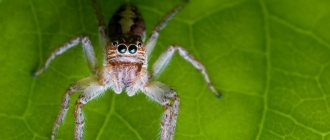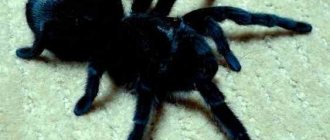In medicine, there is the concept of arachnophobia, which translated into a more understandable language means the fear of arachnids. Indeed, most people get annoyed at the sight of these creatures for fear of being bitten.
All individuals have poisonous glands, since they are predators, but not all are dangerous to humans. In our homes (from northern to southern) latitudes, small spiders live, which cannot cause significant harm to humans, and even more so become a threat to life.
Home spiders are not dangerous to humans and are useful in catching other insects
Symptoms and first aid for a spider bite
The first symptoms may appear after a few minutes, usually in the form of itching or redness. Therefore, first aid will be more effective if you have clear knowledge of which spider has bitten you.
Home spider
The place of a home spider bite on the human body looks very unpleasant, it swells up, a focus of redness develops on the skin, and itching can be felt. Children and people with hypersensitivity may have a rise in body temperature and dizziness. Therefore, the first step is (especially when it comes to a child) to treat the wound with an antiseptic and consult a doctor to examine it.

Karakurt (male)
A spider bite is very dangerous and can be fatal. The main symptom of such an attack is a sharp pain from the bite, 10-15 minutes after the spread of the poison, a headache appears, shortness of breath, accompanied by pain in the chest, intestines and back. A person experiences psychomotor agitation, after which he can fall into unconsciousness, delirium. The bite is especially dangerous for children, as a result, it is possible to fall into a coma or even death.
Experts recommend wearing protective footwear and clothing during agricultural work. Immediately after an insect bite, you need to consult a doctor, as a result of treatment, serum will be introduced into the body, which will help to cope with the poison. The patient will immediately recover.
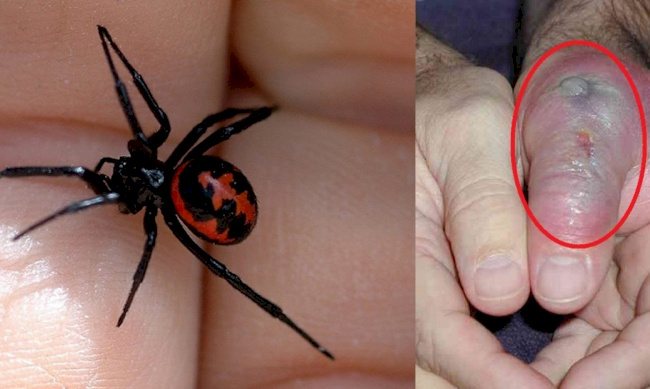

Black widow (female)
The female spider, or black widow, after being bitten, introduces a neurotoxic poison into the body. It is necessary to provide first aid immediately and immediately, for this you need to provide the person with plenty of drink, treat the wound with an antiseptic, for example, hydrogen peroxide, and take antihistamines. Then call an ambulance and hospitalize the patient.
The first symptoms of a black widow bite are sharp pain and a small black dot appearing at the site of the bite, around which redness and swelling of a painful nature forms. After 5-6 hours, this area begins to fail and grow numb, severe pain occurs when walking, profuse sweating appears. Then the body turns blue, the skin turns dark. Breathing becomes difficult, shortness of breath, convulsions appear and, ultimately, paralysis of the limbs occurs.
Interesting. The poison of the black widow is 20 times stronger in its properties than the bite of a rattlesnake, from which even horses and camels die. Basically, spiders bite on the street if a person sits on the grass, sleeps in the hayloft or works in the garden.
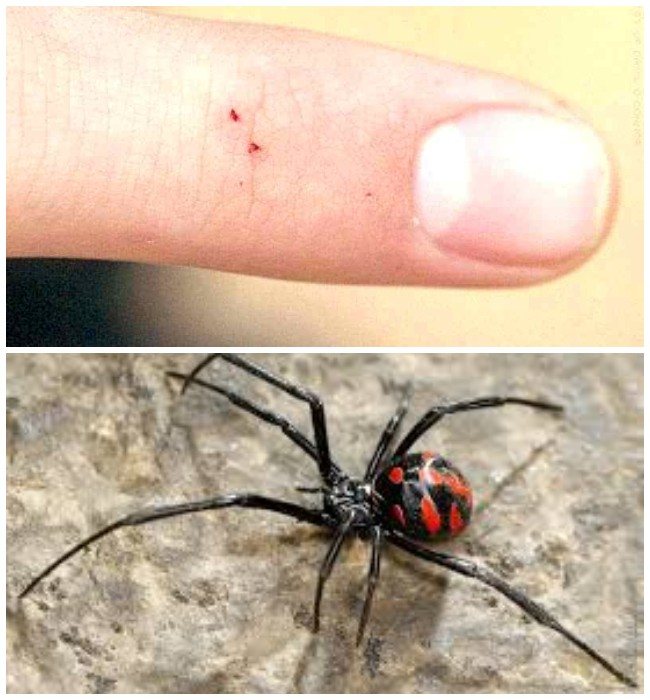

Tarantula spider
The spider bite itself is painless, but after 6-7 minutes the affected area begins to swell, while the temperature begins to rise, and the bitten part of the body burns and bursts. There is a chill, the body shakes, this is especially noticeable if the limbs were bitten. The so-called body jitters appear.
After some time, the temperature rises, accompanied by dizziness and blurred eyes. Then signs of nausea and vomiting appear. The veins begin to swell, and the skin darkens, becomes as bluish in color as in anemia. After that, after some time, the bones begin to ache, the usual movements of the arm or leg are accompanied by pain syndromes.
The muscles in the legs become tense and may twist from trying to do something. Further, paralysis of the limbs and body is possible. Signs of a bite, even after treatment, appear within a week.
Advice! As soon as you are bitten by a spider, see your doctor immediately for treatment, as there may be deaths.
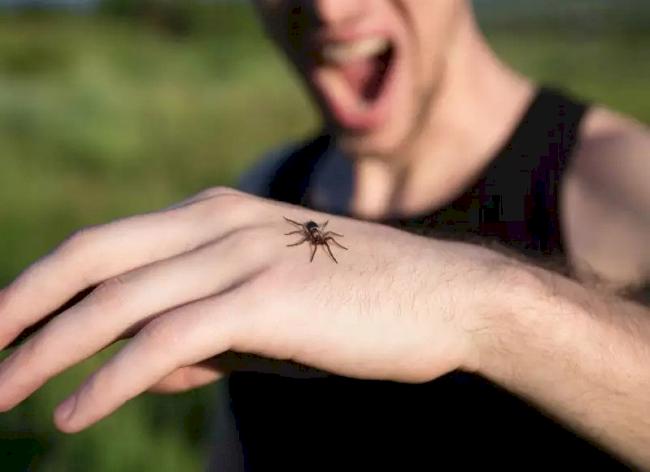

Tarantula
When bitten by this insect, two brown dots appear on the surface of the skin, from which lymph or colorless liquid flows out. Then the temperature of the skin rises around these points, and the inflamed area swells.
The bite mark is quite noticeable, so the points can be seen with the naked eye. The poison of tarantulas has a neurotoxic effect, that is, it affects the nervous system, therefore, nervous muscle disorders occur, the cardiovascular and respiratory systems are disturbed. Depletion of the nervous system is observed, accompanied by convulsions and tremors.
In general, the consequences of exposure to poison are easily eliminated, but for people with allergies, a bite can be dangerous. As a result, soft tissue edema occurs and, for example, if a person has been bitten in the neck, suffocation may occur.


Cross
The bite of a spider-spider is not dangerous, but it can cause discomfort and tissue death. The insect bites, as a rule, only when it is picked up. A sharp painful sensation arises, comparable to a bee sting, sometimes it is not felt at all. A white swelling forms on the affected area. After the poison has spread throughout the body, a person feels a headache, an increase in body temperature, begins to ache in the joints, subcutaneous hemorrhages and colic in the gastrointestinal tract are possible, green vessels are visible under the skin.
White swelling at the site of the bite persists for seven days, then the swelling disappears. In this case, it is correct to immediately rinse the wound with water and treat with an antiseptic solution, you can lubricate it with iodine, then, if you feel severe discomfort, consult a doctor who will prescribe drugs that neutralize the spider venom.


Hermit spider
Hermit spider bites are rarely fatal, however, the effects can be very severe, including tissue damage and general body reactions. The bite is a thin red streak that can extend all the way to the chest of the human body. After 11-14 hours, symptoms appear in the form of malaise, fever, sweating and dizziness.
After 18 hours, the body begins to swell. If you do not provide timely treatment, the tumor becomes more and more, if later it does not go away, then a limb may be amputated. It is very important to see a doctor promptly. Then a course of treatment is prescribed. <| Span>
Home Terrarium Care Tips
In general, there are no certain strict rules for keeping and caring for a tarantula. At home, tarantula spiders are kept one by one in the terrarium. The choice of the aviary is based on the characteristics of the insect.
The standard size of the terrarium has a side length of 30 * 30 * 30. Ventilation is required in the cage. Many spiders cannot tolerate direct sunlight.
Therefore, experts recommend purchasing moonlight lamps for tarantulas. Thus, the illusion of being in the rainforest is created.
Preventive measures
As a prophylaxis for the occurrence of bites from different types of spiders, it is necessary:
- Wear shoes and clothing that completely cover the body when doing agricultural work.
- Do not handle spiders, especially small children.
- Do not lie on the grass and try not to sleep in the hayloft in the open, in places where these insects are most common.
- To carry out sanitization of premises in time when detecting the localization of poisonous spiders.
A large number of insects are widespread around us, which can cause serious harm to our health with their poison. Therefore, the correct behavior in space plays an important role, especially in the vicinity of such dangerous pests. Be as vigilant as possible when walking with children to avoid unpleasant consequences. After all, the bite of a very poisonous spider can be stronger than a viper or a cobra in its actions. Take care of yourself and your loved ones!
Treatment
After a bite, it is necessary to seek qualified medical help, since severe intoxication is associated with a high risk of death. If there is a suspicion of a poisonous arthropod bite, the patient is admitted to a hospital for observation and treatment.
If a spider species is identified, an antidote may be given. Complex detoxification therapy is carried out to stabilize the condition and remove toxins. Antihistamines are prescribed to reduce allergic reactions. Such means are often used:
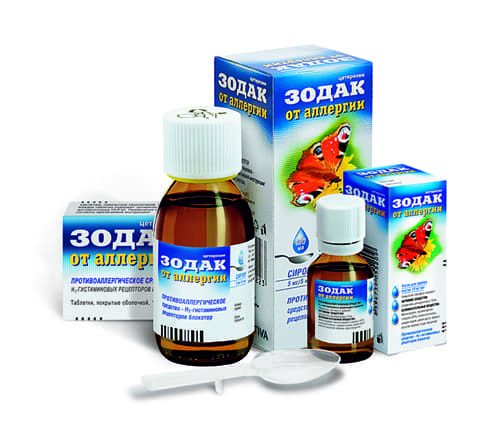

Zodak
- Suprastin.
- Zodak.
- Tavegil.
- Claritin.
- Diphenhydramine.
- Cetrin.
- Loratadin.
Drugs are prescribed to eliminate the existing symptomatic manifestations. With severe headaches and muscle pain and inflammation, antispasmodics, analgesics and non-steroidal anti-inflammatory drugs are prescribed. Frequently used remedies:
- Spazmalgon.
- Spazgan.
- Maxigan.
- Analgin.
- Nimesil.
- Nurofen.
- Nimesulide.
- Diclofenac.
- Ibufen.
With a sharp increase in blood pressure, antihypertensive drugs are prescribed. At the onset of the necrotic process, surgical intervention is required to cleanse the existing wound.
Prophylaxis
Keep insects out of your home because they can be dangerous and attract other animals that feed on them. To prevent animals, you must always close the doors, put mosquito nets on the windows.
The house should be cleaned regularly, you should remove the cobwebs from the eaves, ceilings, behind furniture and other places where insects can settle with a broom. With a strong reproduction of invertebrates, you need to pickle the room with an aerosol insecticide, for example, dichlorvos, raid or any other means.
A spider bite, in addition to a local allergic reaction on the skin, can cause a deterioration in health, cardiac arrest, and suffocation. The development of symptoms depends on the individual characteristics of the organism, the dose and composition of the poison that has entered the bloodstream. If you are bitten by a spider, your health worsens after 15 minutes, you should seek help from specialists.
What else do you need to know
The vast majority of domestic spiders do not pose a threat to humans:
- Yellow-bellied, Chiracanthium inclusum, is found throughout the world.
- Black brownie, Badumna Insignis, Australian, found in New Zealand;
- Home brown, Steatoda grossa, with a cosmopolitan spread;
- American, Parasteatoda tep> How to get rid of spiders in an apartment?
Spiders don't like living in your apartment, no matter how big it is. This is not their favorite residence. The only reason they get inside is because they think they can dine there.
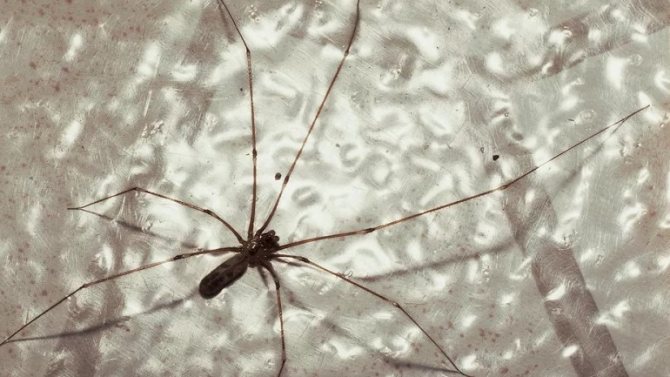

The most effective spider treatment is integrated pest control. It includes a strategic combination of prevention, sanitation, chemical and non-chemical control:
Prophylaxis
Intrusion prevention is one of the earliest control methods. Seal cracks and crevices in the structure of the house through which insects can enter. Inspect and repair bars on all doors and windows.
Check for cracks under and around doors, windows. Check siding, curtain rods, and overhangs for cracks. Cover them with mesh screen or duct tape.
Sanitation
Pests take cover on objects that rarely move. This is one of the reasons that people tend to encounter house spiders when moving around or searching for rarely used items stored in the basement or attic.
To reduce or eliminate hiding places, remove debris, piles of paper, other unsanitary or rarely used items. Sweeping regularly will help. It will not only reduce the spiders' hiding and breeding grounds, but will also eliminate the insects that they prey on.
Non-chemical control
Domestic spiders are often found singly or with recently laid eggs. In this case, manual removal is the simplest control method. Take an arthropod, cobweb, eggs and discard them. Wear gloves or use a cloth.
You can remove them with a vacuum cleaner. Place sticky insect traps in the corners, along the baseboards.
Chemical control
For chemical control, apply insecticide to corners, other places where spiders weave webs and lay eggs. Recommended products include those that contain pyrethroids (bifenthrin, cyfluthrin, permethrin, tetramethrin) and are labeled for such uses.
This type of product is more effective against spiders (less toxic to the home environment) than using mists containing pyrethrins.
On open air
In most cases, there is no need to monitor spiders outdoors. However, when they appear in large quantities on buildings, they can be washed off with a high pressure water jet. Plus, prevention methods help prevent them from being brought into your home.
These include common insect control methods such as replacing standard mercury vapor lamps with high pressure sodium or halogen lamps. Although luminaires are usually placed on exterior walls near doors, it is best to place them further away, using poles so that the light is directed towards the door.
Anything that makes the apartment less attractive to other insects also helps to reduce their number. This is because insects themselves - as a food source - are the main magnet for spiders.
Move vegetation away from home... This will give you less incentive to hide.
Check the garden for a rotten tree. A rotting tree is a damp, dark place perfect for spiders to hide and search for prey. Take it away.
The effect of the poison on the human body
The damage to human health depends on the qualitative and quantitative characteristics of the venom emitted by spiders during bites. The larger the specimen, the greater the danger it poses to humans. Small arthropods are often simply not able to bite through the skin or produce the amount of poison that can harm an adult or baby. But such a statement is true only for representatives of one species. Tarantulas are larger than karakurt, but their bites do not cause significant harm to humans. But after an attack by a hermit spider, a lethal outcome is quite possible. Depending on the action of toxic compounds, scientists distinguish two types of poison:
- neurotoxic, affecting the central and peripheral nervous system;
- hemolytic, destroying red blood cells after penetration into the bloodstream.
Karakurt and brown recluse spider are the most dangerous species of arthropods for humans living in our country. And tourists and experienced travelers can fall prey to attacks by other arthropods anywhere in the world.
How it bites
This arthropod is not among the blood-sucking insects and does not need blood for food. The spider bites in self-defense if it feels trapped.
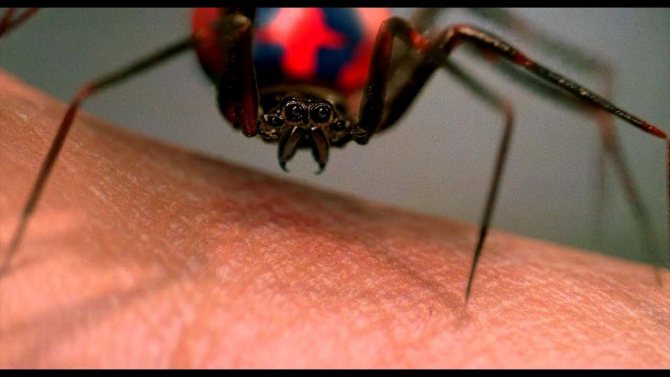

The chelicerae (fangs) of the insect are small, in most cases they are not able to pierce the skin, so the bite can pass unnoticed by humans. The channels that conduct the poison are located directly in them, so toxins are injected at the time of the puncture.
general information
Just by looking at a spider, most of us have a strange, nervous feeling that cannot be explained, but it is.
Some have a desire to immediately destroy the little critters (sometimes a great desire), others want to capture and free them. When it comes to common house spiders, there are a couple of key points to be aware of.
There are two main categories of indoor house spiders. The first are hunters, the second are builders.
Hunters
Hunters are wolf spiders (large hairy creatures), jumping spiders, shepherds, and crab spiders. These guys enjoy being on the street more than in your house. If you find one, most likely they came by mistake and are actively trying to find a way out.
Builders
Builder spiders are the ones you are most likely to find in your apartment.
Spiderwebs: Responsible for random spider webs scattered around the house. The most common type of spider. They are grayish, brownish with markings on the belly.
Basement
The basement, better known as the braid, "daddy long legs." Likes to hang out in basements or damp dark places, creating irregular and seemingly annoying random spider webs around the house (usually for catching mosquitoes).
Watch the video - a centipede or a haymaker in an apartment
Spider Weaver (Orb Weaver)
Weavers are less likely to sneak into the house. They prefer a garden, making sophisticated "cobwebs" there. Weavers come in different types and sizes, such as black, yellow, bright marble, brown, yellow (remember Charlotte's web).


Funnel-shaped, herbal, like to build cobwebs on the ground in and around the grass.

